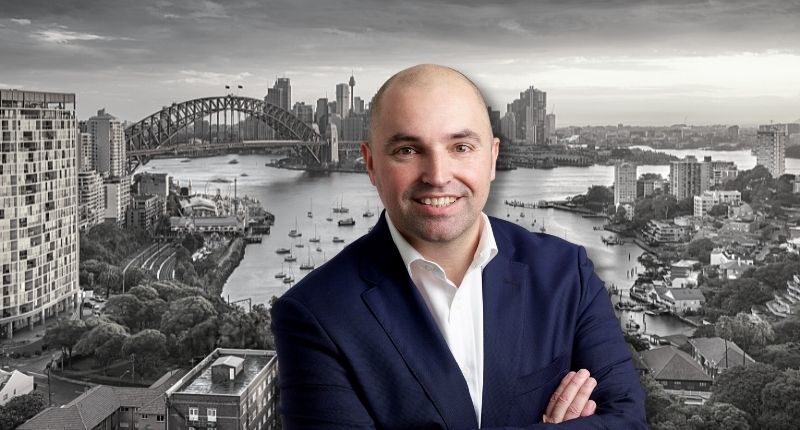- Sydney prices are soaring, but how much more upside is there?
- Many pundits called the last peak too early, and were proven wrong
- Investors are coming back into the market, as first home owners decline
The latest CoreLogic data shows that Sydney median dwelling values have soared by more 10% over the past year, but how much growth is there left?
According to the Home Value Index for May, the median dwelling value in Sydney increased by 11.2 per cent over the year to reach a new record high.
Buyers’ agent Grant Foley said some buyers were already questioning when prices would start to fall but it was vital to understand Sydney’s recent property market history before making such an assumption.
“The previous peak of the Sydney market was about four years ago, in 2017, with dwelling prices only recently increasing above the level achieved back then,” Mr Foley said.
“While many forecasters are suggesting at least another year of solid growth in Sydney, history may yet prove them wrong.”
Mr Foley said many pundits called the peak of the Sydney property market in 2014, when prices actually continued to rise for another three years.
In fact, the rising market cycle in Sydney back then lasted five years in total, with lending restrictions the predominant reason why it came to a potentially premature end, he said.
Big Data
“It’s important for buyers to delve deeper into the data to understand how the current market cycle is working in practice,” Mr Foley said.
“For example, CoreLogic has indicated it has been the top end of the market that has been driving a big proportion of the recent price growth in Sydney.
“But dwelling values in the lower quartile have increased a more modest five per cent over the past quarter, which is a price level where far more buyers transact.”
Mr Foley said affordability constraints were reducing the numbers of first home buyers in the market, but investor activity had been conversely rising since the start of this year.
According to the Australian Bureau of Statistics (ABS) Lending Indicators for March, the value of new loan commitments for investor housing rose 12.7 per cent.
At the same time, the number of owner-occupier first home buyer loan commitments decreased 3.1 per cent in seasonally adjusted terms, according to the ABS.
“First home buyer activity was at record levels over the past year due to the various financial grants on the table at the time,” Mr Foley said.
“Savvy investors, on the other hand, are always less motivated by monetary handouts to buy new properties and have now returned to the market to purchase strategically located assets that offer sound cash flow and capital growth prospects.”








